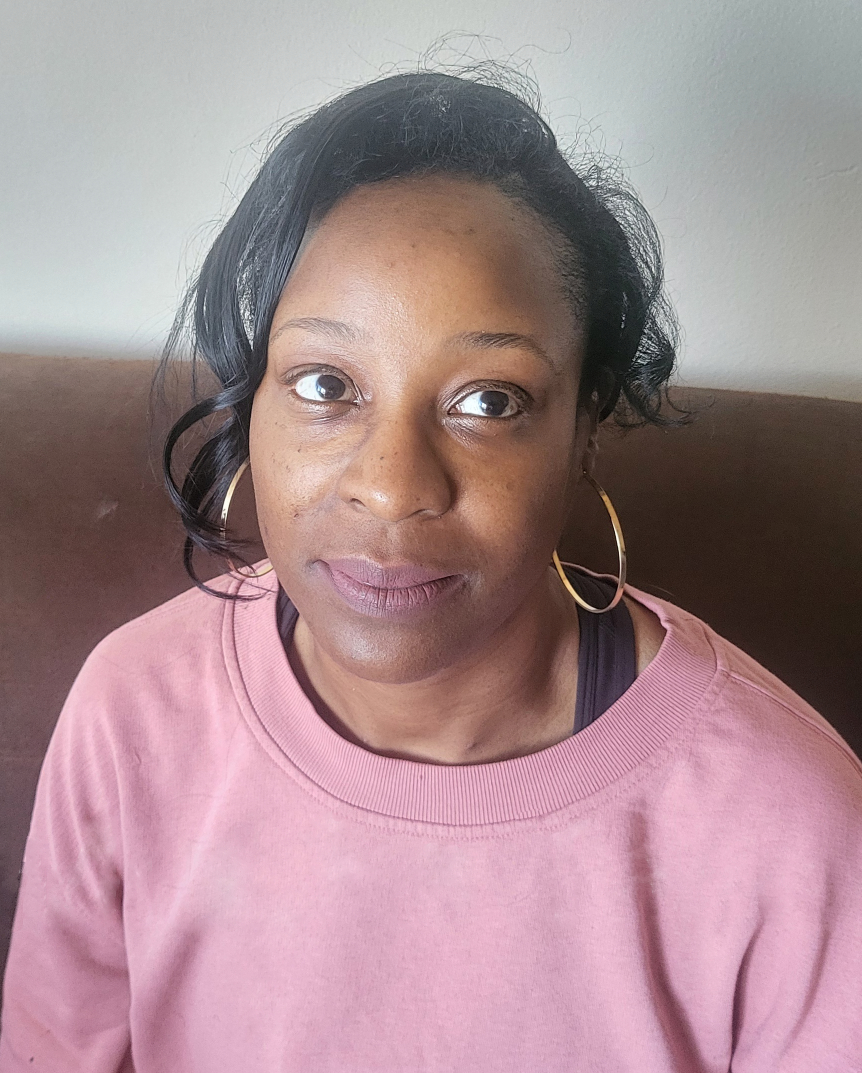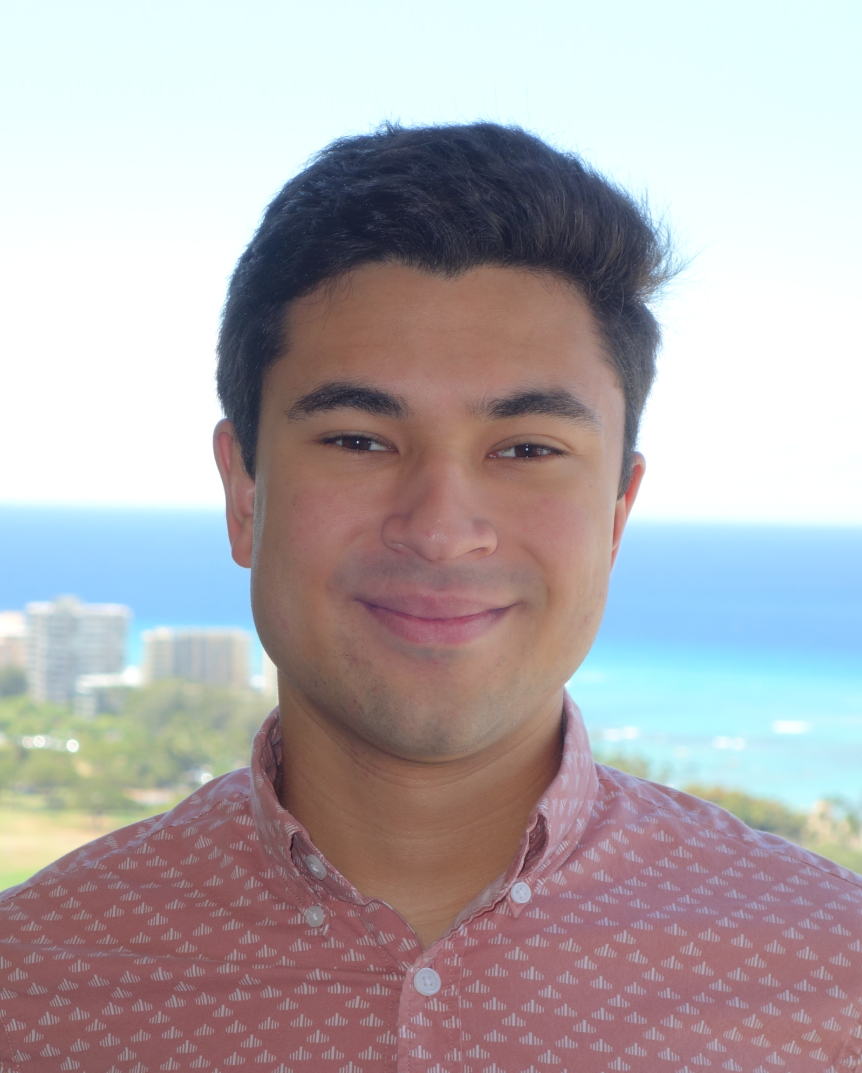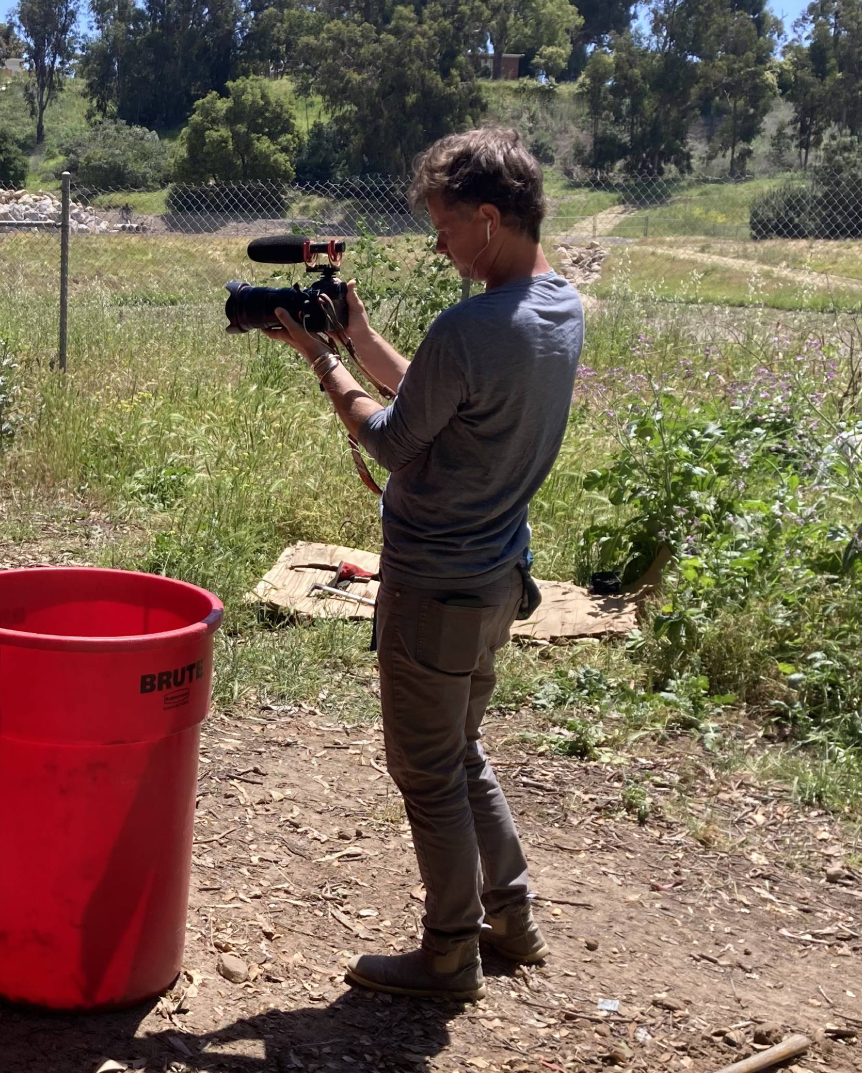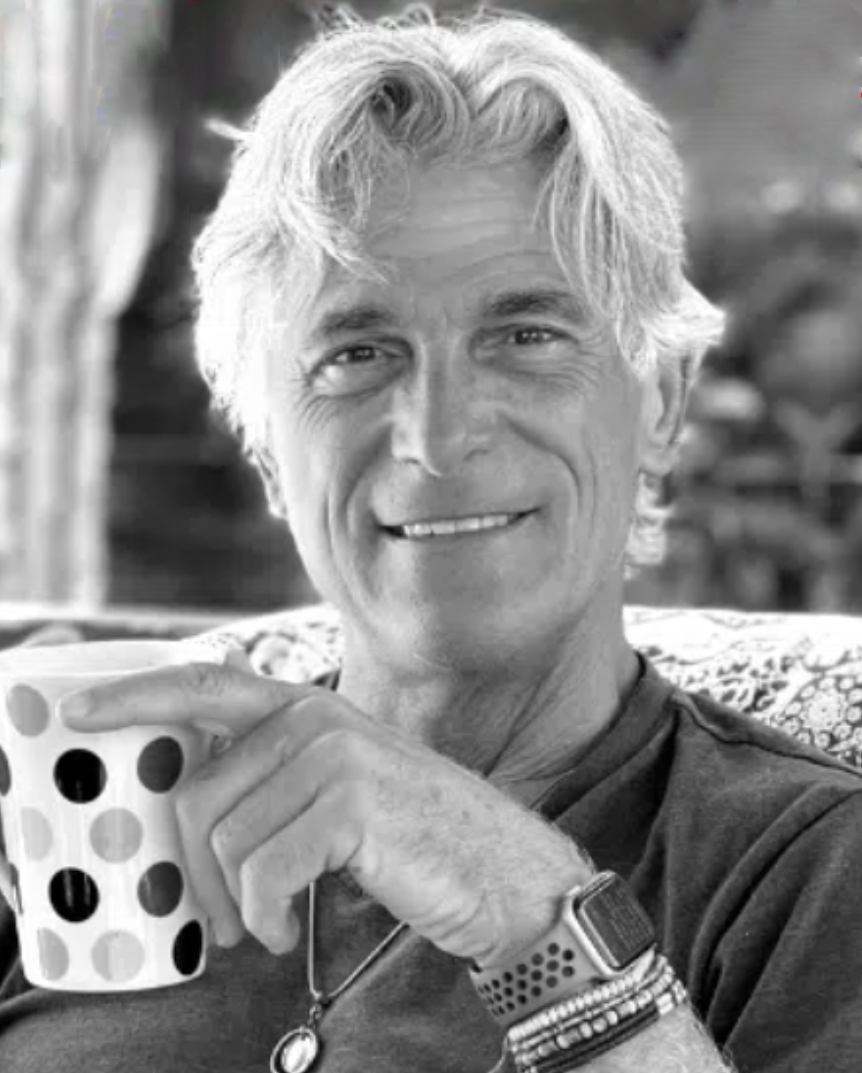River Health &
The Creekside Encampment
Documentary Film “The Hill”
SHCI River Health Project
The SHCI River Health Project is focusing on the health of Rivers and Creeks in two Southern California Counties: Santa Barbara and Ventura. The Ventura County waterways of focus are the Ventura River which is known to have the largest homeless encampments in this County; and the Santa Clara River which has smaller encampments and is of major cultural significance to the region’s First Nations. The Santa Barbara County waterways of focus are “the Creekside” in Santa Barbara and the Santa Ynez River, which like the Santa Clara River is of major cultural significance to the region’s First Nations.
The River conservation efforts that are ongoing in Ventura and Santa Barbara County by numerous stake-holders are lifesaving for environmental health. Access to clean and safe waterways is an essential health benefit for the rivers and for all creatures and people who live along them and depend on them. However, conservation efforts are impeded along waterways by homeless encampments for reasons that are multi-factorial. In response to the escalating homeless crisis in California, Governor Newsom enacted heavily funded Homeless Encampment Resolution campaigns by the State. As an outcome of this, encampments were torn down and shelters with sleeping sheds, called “tiny villages” were built to house the displaced homeless populations.
In response to this structural shift in the fabric of homelessness, our organization decided to produce a documentary film with UCSB film students in order to observe the process of “encampment resolution” and learn from those involved in the life cycle of the encampment. Through a series of explorations we landed for our first film in Spring 2024 on the Santa Barbara Creekside encampment and La Posada Tiny village that was built down the hill from the encampment. The film is planned for release in Fall 2025 and is called “The Hill”. In order to learn from the lessons of “The Hill” a series of listening and learning sessions will be scheduled around showings of the film in Spring 2026 called “Gatherings around The Hill”.
The SHCI River Project aims to support encampment lifecycles with innovation around accessible clinical care, both physical and mental health care, for these fragile unstably housed populations. When people are removed from encampments, studies have shown that they are at high risk for morbidity (illness) and mortality (death). The safe transition of peoples from river waterways to stable housing requires trauma informed and accessible street level clinical services that are highly collaborative across systems of emergency response and care. The Safe Haven clinic model developed by the Safe Haven Clinic Institute could provide these needed services. SHCI is accountable to the community by supporting stakeholder design efforts, such as the Safe Haven Clinic model, towards creating innovative solutions that may appear intractable without collaboration across diverse sectors.
Below is a teaser for the “The Hill”, a UC Santa Barbara student made short Documentary.
Currently in post production, the final cut is coming in Fall 2025!
The River Health Team – Phase I
The Phase I team oversaw the documentary planning and film making.

Jessi Presley-Grusin
MA, Development fellow, SHCC
Portland, OR
they/them

Bella Doohan
MA, Marine Biologist
San Diego, Ca
she/hers

Paul Brown
MA, Videographer & Drone pilot
Los Angeles, CA
he/his

Miesha Taylor
Assistant videographer & drone pilot
Los Angeles, CA
she/hers
In Phase I of the River Health documentary film project, we made a rough cut concept video to attract student film-makers to make a documentary film which came to be called “the Hill”. Here is that rough cut video with the high-level concept for the documentary film.
Santa Barbara County Board of Supervisors meeting on the State of Homelessness 2024
including the Creekside Encampment and La Posada Village (which are the focus of our short documentary THE HILL).
The documents that support the 2024 homeless presentation from the board of supervisors can be found here.
Santa Barbara County Annual Homelessness update 2024-25
presented in closed session to the Santa Barbara County Board of Supervisors on June 10, 2025.
View Content Here.
This Santa Barbara County video, released in June 2025 alongside the Santa Barbara County Annual Homelessness Update, focuses on the Santa Barbara County Interim Housing projects (sleeping shed “tiny house” villages) including the La Posada Village. The La Posada Village became a subject of the short documentary film The Hill, because the people who were directed to leave the Creekside encampment on the hill, were offered housing in La Posada Village. A small percentage of the people living in the encampment agreed. The rest dispersed and vacated the encampment.
The River Health Team – Phase II
The Phase II team created the Documentary Film, “The Hill”.

Amelia Kazmierczak
Student Director

Alex Yong
Student Editor

Keola Kapulani Holt
Social Media and Communications Fellow

Matthew Doohan
Music Director

Jonas Jungblut
Cameraman

Michael Stinson
Professor of Film and Media Studies
Santa Barbara City College
Santa Barbara, CA

Paul Brown
MA, Videographer & Drone pilot
Los Angeles, CA

Miesha Taylor
Assistant videographer & drone pilot
Los Angeles, CA
The River Health Team – Phase III
The Phase III team is responsible for Listening and Learning Convening structured around showings of the Hill.
We call these discussion groups “gatherings around The Hill”. See the process that we use for the gatherings below.
We are recruiting students, volunteers, and donors for our Phase III team.
Please email mimi@safehavenclinics.org with questions or to sign up!
The Process
The SHCI Process for Gatherings Around River Health is the same process that will be used for the Gatherings Around “The Hill”. These gatherings are funded by SHCI and are free to attend.
1. Identify and network
Identify and network with key stakeholders focused on River Health including first responders, public safety officials, hospitals, safety net clinics, local county government, health plans, unhoused people, Community Benefit Organizations (CBOs), and Faith-Based Organizations (FBOs).
2. Form a planning committee
Form a planning committee of volunteers from step #1 for a series of stakeholder and community convenings for River Health and for gatherings around THE HILL.
3. Develop invitation list for convenings
The planning committee will develop a broad invitation list for convenings, including people with lived experience, and will develop a plan for setting up and running the convenings.
4. Hold convenings on River Health
Hold a series of stakeholder and community convenings on River Health with the following objectives:
- Strengthening community and stakeholder networking and collaborative capacity around River Health
- Performing asset mapping to determine where there are resources as well as gaps in resources for River Health
- Collaboratively designing solutions in response to the question, “How might we improve the Health of the River and the People living in it?”
- Testing design solutions via rapid cycle iteration in order to develop a business plan that will take successful designs to scale
5. Conduct Interviews
Do 30 one-on-one interviews of stakeholders asking, “How might we improve the Health of the River and the People living in it?”, in order to supplement and feed back into the previous convenings.
Are You Imagining A Fully Integrated Clinical Solution For Homelessness & Addiction In Your Community?
Create a Safe Haven Clinic and improve the quality of care for people experiencing homelessness and addiction.
